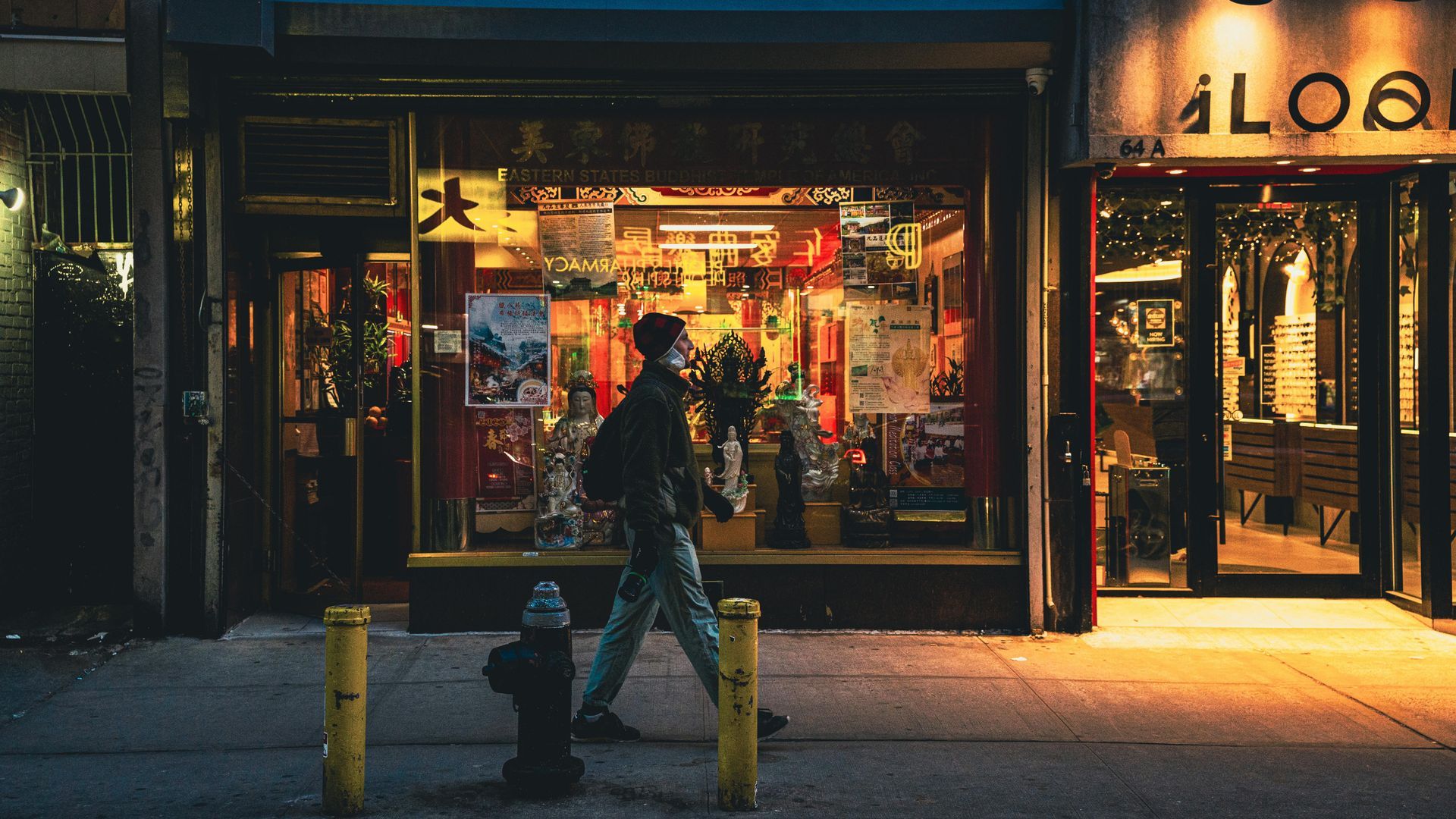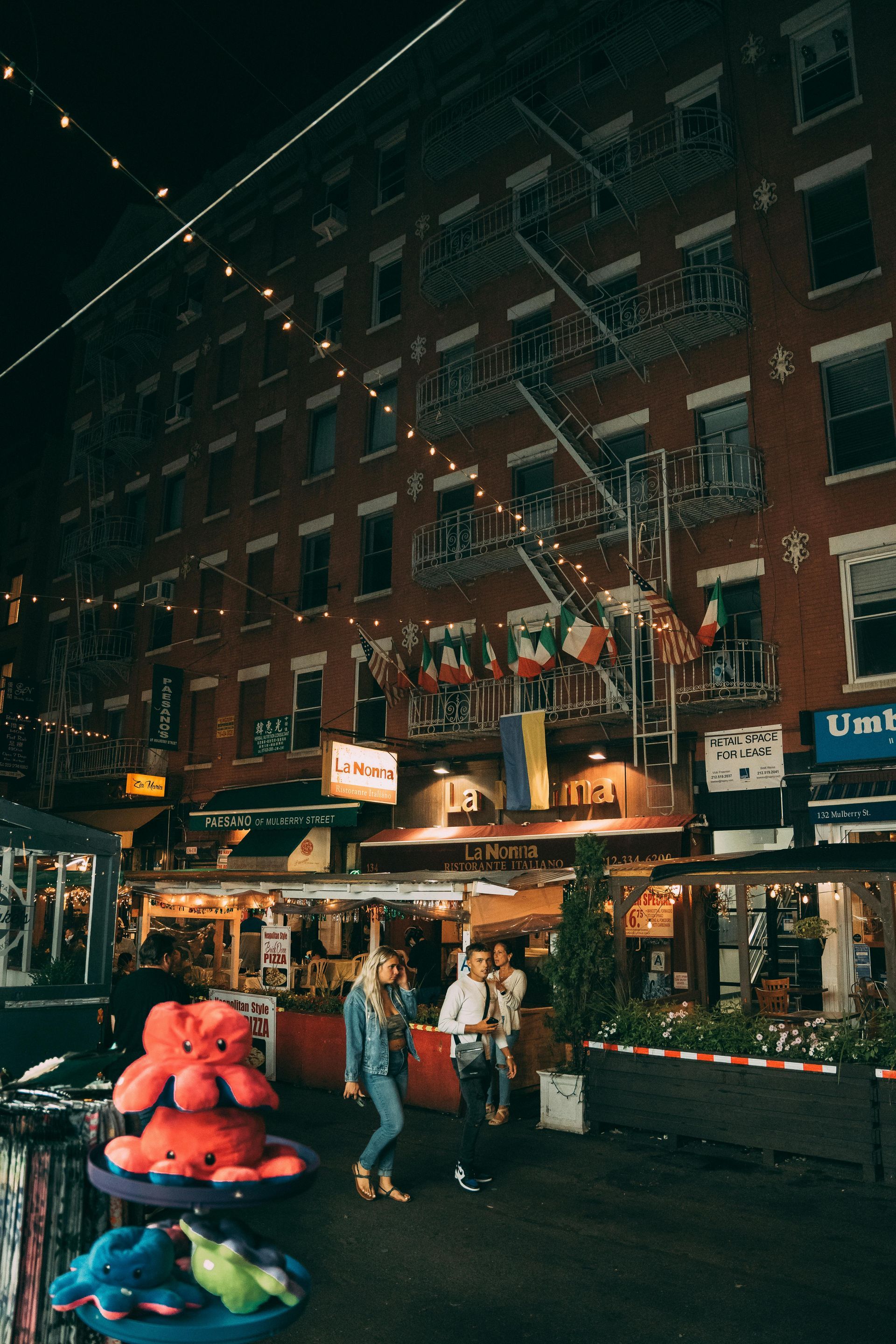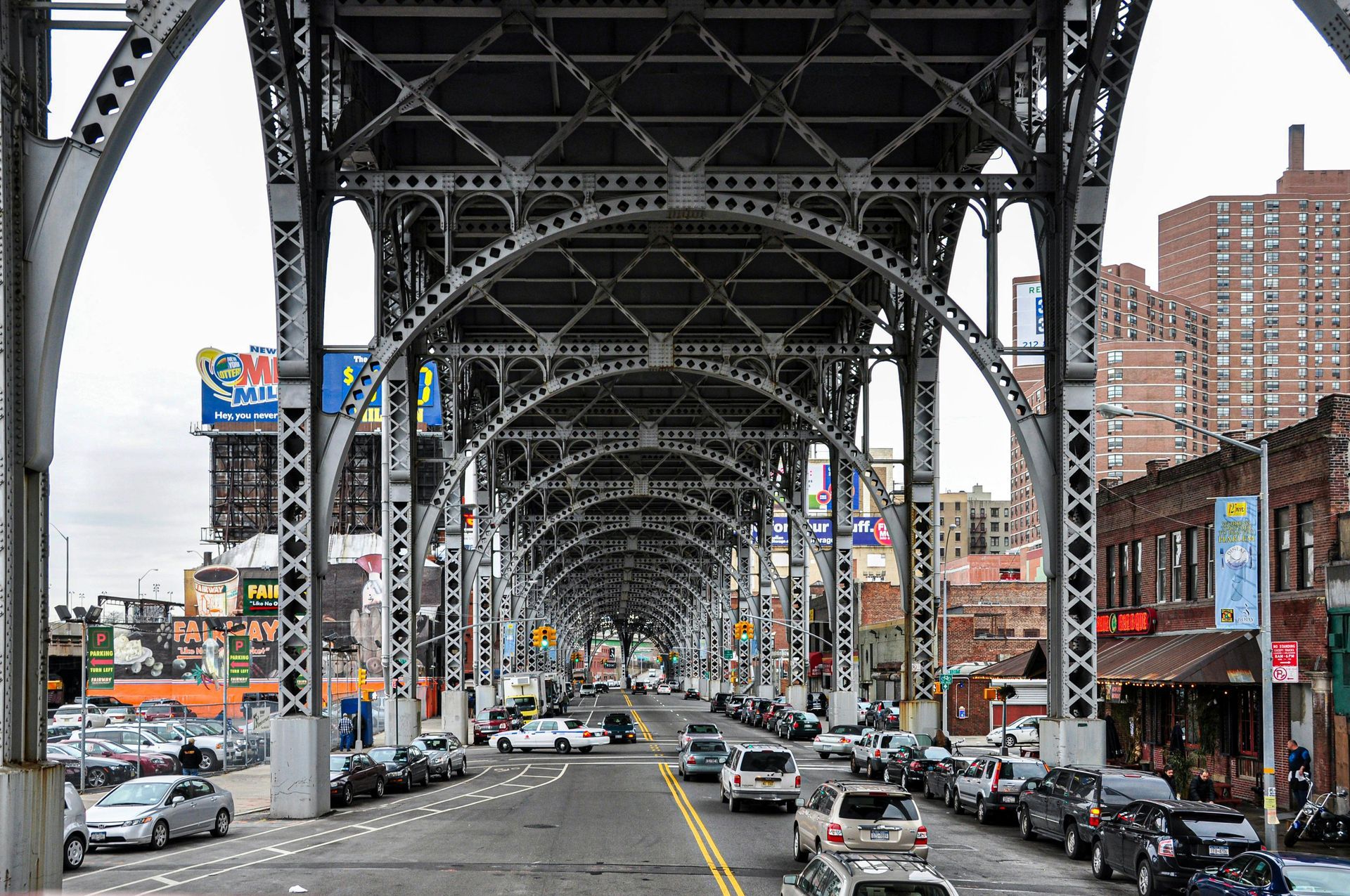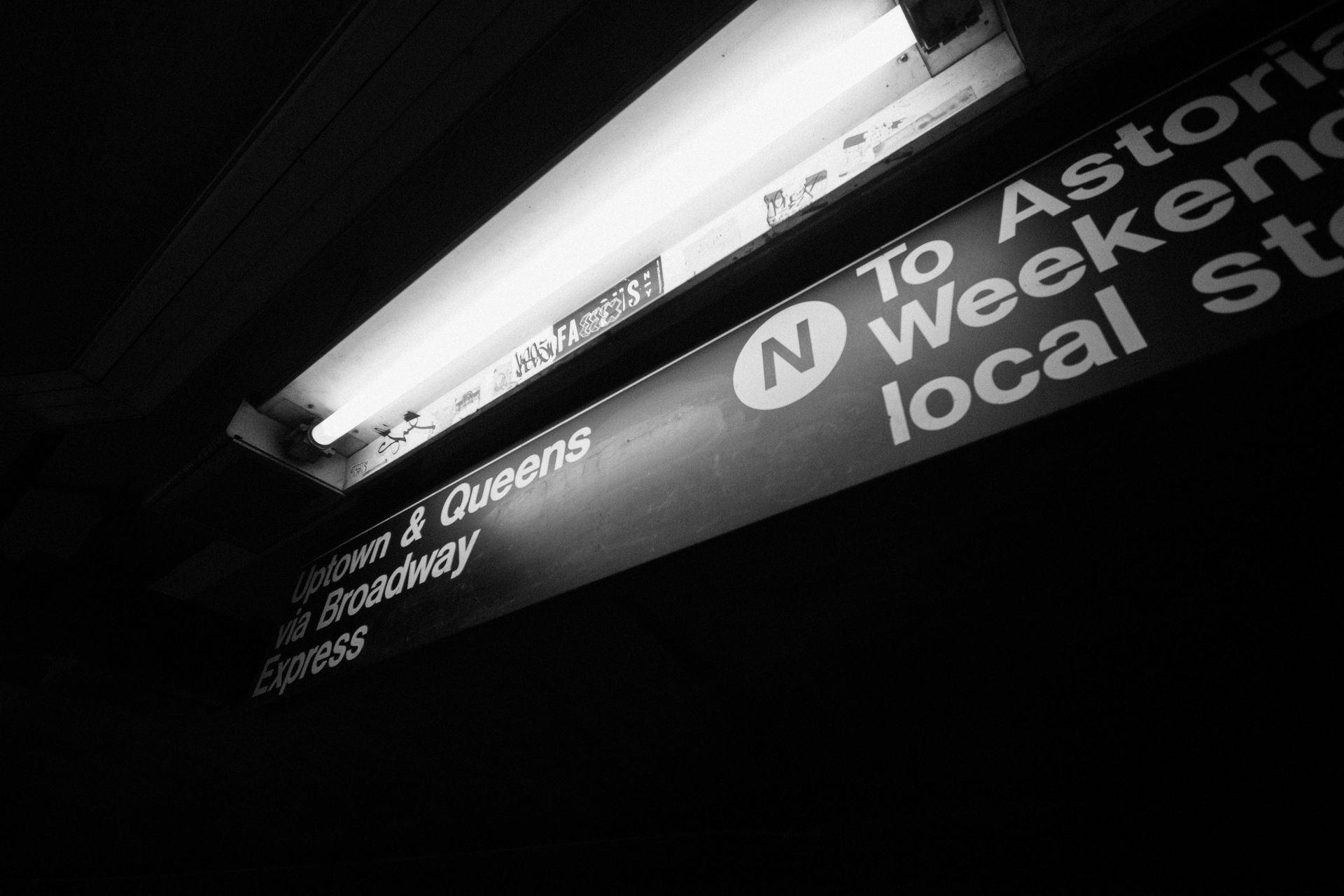Celebrating Cultural Diversity Through Home Design and Architecture in New York City
Introduction
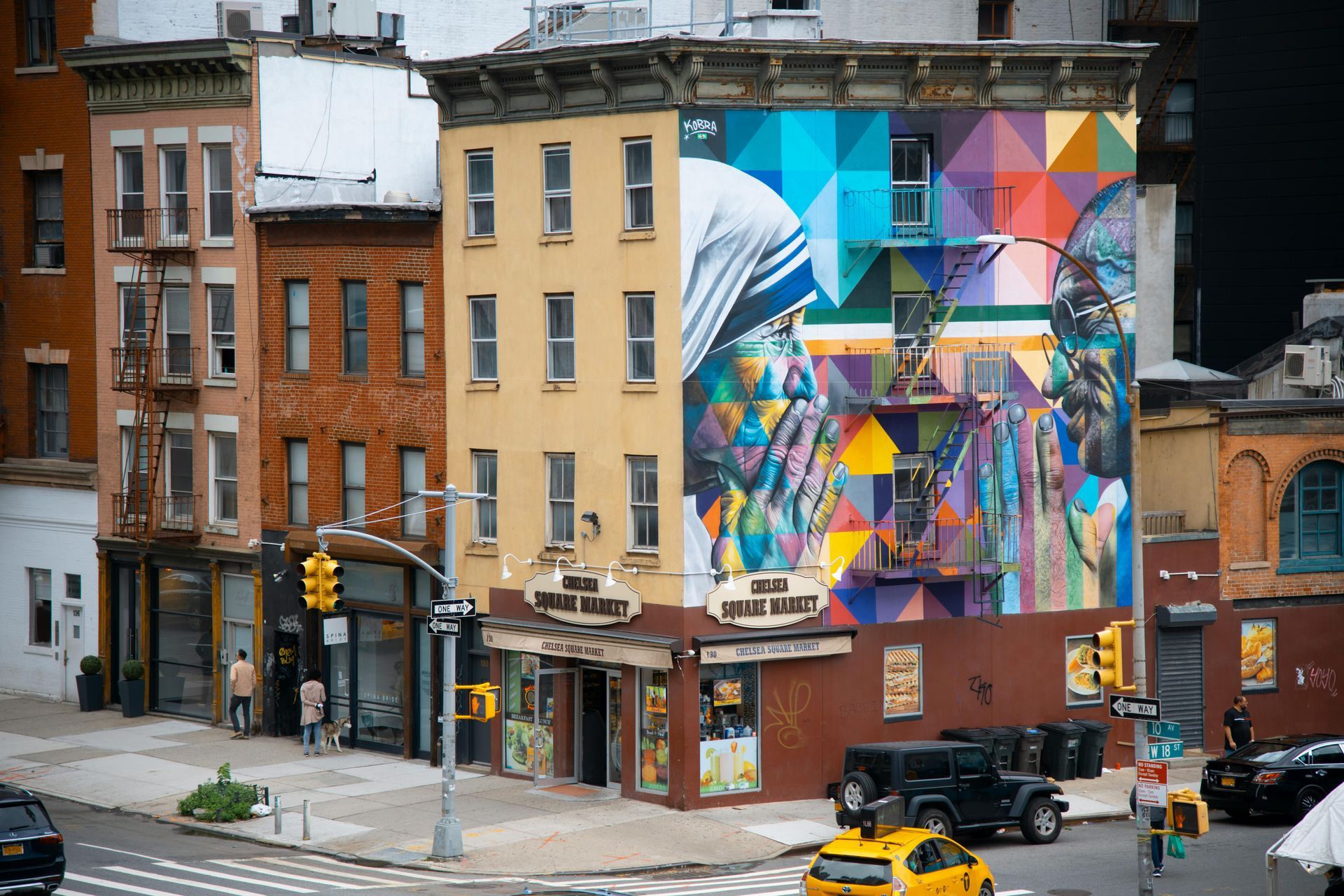
New York City, a global hub of cultural exchange, boasts a vibrant tapestry of architectural styles and interior design aesthetics. Each borough, from Brooklyn's brownstones to Manhattan's Art Deco apartments, reflects the city's rich history of cultural influences. This blog post delves into how diverse communities have shaped NYC's homes, celebrating the unique beauty and heritage embedded in the city's living spaces.
How Cultural Influences Shape NYC's Architectural Landscape
NYC's neighborhoods offer a fascinating array of housing features, each reflecting the cultural influences that have shaped them. Here are a few notable examples:
Chinatown:
- Narrow Tenements: Reflecting the high density and value of land, these buildings often feature shops on the ground floor and residences above (NYC Tenement Museum, n.d.).
- Courtyards: Interior courtyards provide light and ventilation in densely packed blocks, sometimes featuring decorative elements like Chinese calligraphy or symbolic plants (Chinatown NYC, n.d.).
- Feng Shui Principles: Many homes incorporate elements of Feng Shui, the ancient Chinese practice of harmonizing living spaces with the natural world. This can include specific furniture arrangements, color choices, and the use of lucky symbols (The Spruce, 2021).
Little Italy:
- Wrought Iron Balconies: Ornate balconies, often adorned with flowers, add a touch of European charm and provide a space for socializing and enjoying the street life (Little Italy NYC, n.d.).
- Religious Shrines: Small outdoor shrines dedicated to saints are a common sight, reflecting the strong Catholic heritage of the community (National Geographic, n.d.).
- Social Clubs: Many buildings house social clubs where residents gather for meals, games, and celebrations, fostering a strong sense of community (Forgotten New York, n.d.).
Harlem:
- Brownstones: These elegant row houses, often featuring stoop entrances and decorative details, were once home to wealthy families and now represent a blend of historic charm and modern living (Brownstoner, n.d.).
- Gardens and Green Spaces: Community gardens and backyard oases provide a connection to nature and offer a respite from the urban bustle (NYC Parks, n.d.).
- Murals and Street Art: Vibrant murals and street art celebrate African American history and culture, adding to the neighborhood's unique visual identity (Harlem One Stop, n.d.).
Jackson Heights (Queens):
- Art Deco Apartment Buildings: These buildings, with their geometric designs and elegant details, reflect the neighborhood's history as a planned garden community (Jackson Heights Beautification Group, n.d.).
- Courtyard Gardens: Shared courtyard gardens provide a tranquil escape and foster a sense of community among residents (The New York Times, n.d.).
- Cultural Mix: The neighborhood's diverse population is reflected in the variety of shops and restaurants, offering a global culinary experience (Queens Economic Development Corporation, n.d.).
These examples highlight the rich tapestry of NYC's housing landscape, where cultural influences have shaped unique architectural and design features.
Home Staging Tips for Culturally Diverse Buyers
Staging a home for a diverse audience requires sensitivity and broad appeal. Here are some tips to make your property feel welcoming to buyers from various cultural backgrounds:
Embrace Neutrality:
- Color Palette: Opt for neutral colors like white, cream, or gray. This provides a blank canvas for potential buyers to envision their style (The Spruce, 2021).
- Furniture: Choose furniture with clean lines and classic designs that complement various aesthetics (Houzz, n.d.).
Highlight Versatility:
- Flexible Spaces: Showcase how rooms can be used for multiple purposes, such as a spare bedroom as a home office or guest room (HGTV, n.d.).
- Open Floor Plans: Emphasize open floor plans that allow for flexible furniture arrangements and cater to various lifestyles (Architectural Digest, n.d.).
Incorporate Subtle Cultural Touches:
- Artwork and Accessories: Incorporate artwork and accessories with global influences, such as textiles with ethnic patterns or handcrafted items (Apartment Therapy, n.d.).
- Plants: Introduce greenery with cross-cultural appeal, like bamboo or succulents (The Sill, n.d.).
Create a Welcoming Atmosphere:
- Natural Light: Maximize natural light to create a bright and airy ambiance (Real Simple, n.d.).
- Cleanliness and Order: Ensure the home is impeccably clean and decluttered (The Spruce, 2023).
- Pleasant Scents: Use subtle, universally appealing scents like vanilla or citrus (Good Housekeeping, n.d.).
Consider Specific Cultural Preferences:
- Shoe Removal: Provide a designated area for shoes (The Spruce, 2023).
- Dietary Needs: If offering refreshments, provide a variety of options.
- Modesty: Be mindful of cultural norms regarding modesty in artwork and décor.
By following these tips, you can create a welcoming and inclusive environment that resonates with buyers from diverse cultural backgrounds.
Need some help staging your home? Check out these helpful resources:
- Apartment Therapy: Tons of home décor inspiration and advice for various styles.
- Houzz: Browse photos, find professionals, and shop for home goods.
- HGTV: Get design ideas and watch shows about home renovation and staging
- The Spruce: Find helpful articles on everything from cleaning and decluttering to choosing the right paint colors.
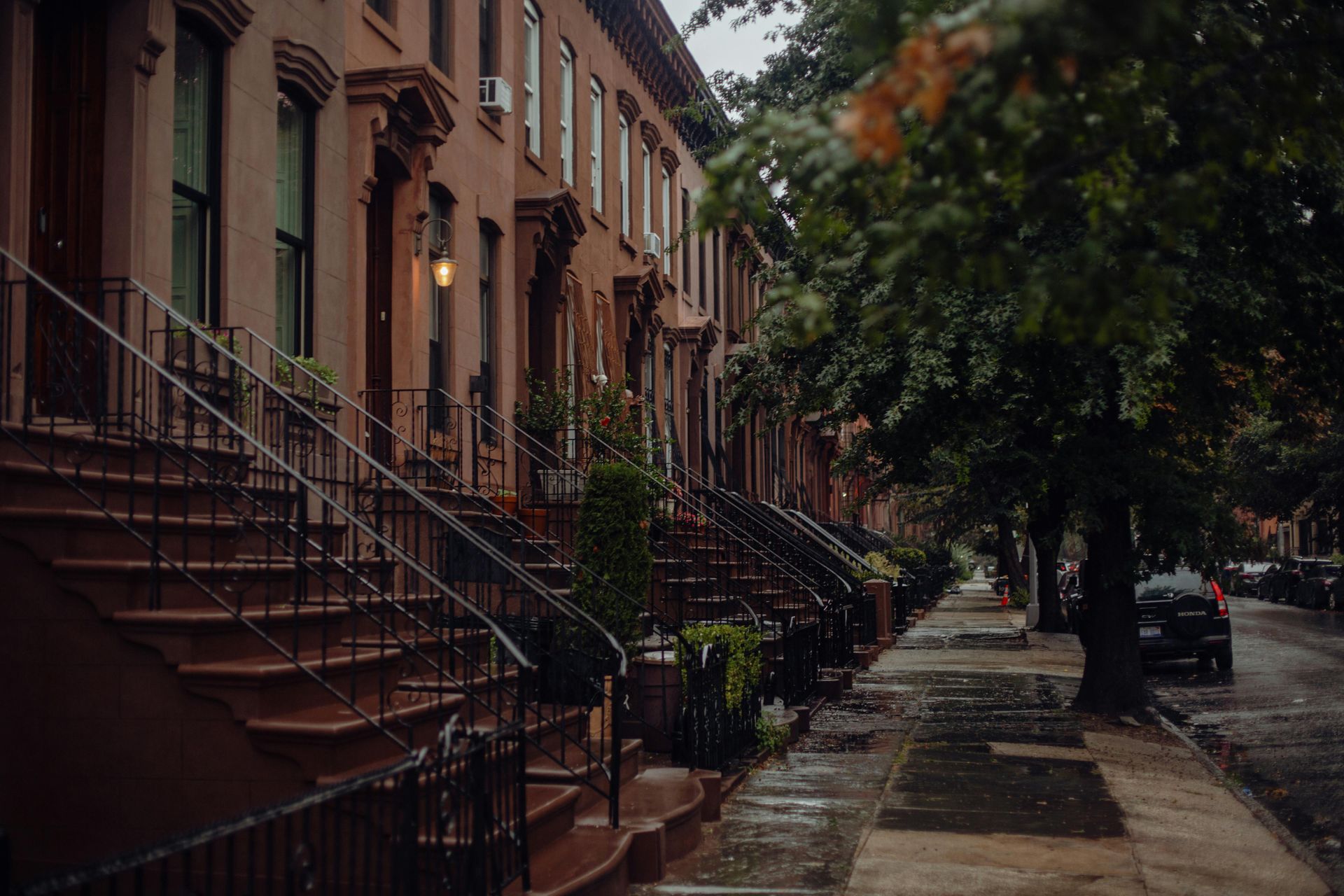
How AHWD Knowledge Helps in Recognizing These Preferences
AHWD (At Home With Diversity) knowledge is crucial for real estate professionals aiming to understand and respect the diverse preferences of their clients. Here's how it helps:
Increased Cultural Awareness:
- Understanding Diverse Cultures: AHWD training provides insights into the customs, traditions, and values of different cultural groups (National Association of REALTORS®, n.d.).
- Identifying Cultural Nuances: AHWD helps professionals understand subtle cultural differences that can impact housing choices, such as preferences for extended family living or individual space.
Fair Housing Compliance:
- Avoiding Discrimination: AHWD emphasizes fair housing laws and ethical practices, ensuring agents treat all clients with equal respect (U.S. Department of Housing and Urban Development, n.d.).
- Promoting Inclusivity: AHWD encourages professionals to create an inclusive environment where all clients feel welcome.
Effective Communication:
- Culturally Sensitive Communication: AHWD training helps agents develop effective communication strategies that are sensitive to cultural differences, including using appropriate language and being mindful of non-verbal cues.
- Building Trust: By demonstrating cultural awareness and respect, agents can build trust with clients from diverse backgrounds.
Tailored Marketing and Services:
- Targeted Marketing: AHWD knowledge enables agents to create marketing materials that resonate with specific cultural groups.
- Customized Services: Understanding cultural preferences allows agents to tailor their services to meet the unique needs of each client, such as providing information in different languages or accommodating religious practices.
Enhanced Client Relationships:
- Empathy and Understanding: AHWD fosters empathy and understanding towards clients from diverse backgrounds.
- Client Satisfaction: By recognizing and respecting cultural preferences, agents can enhance client satisfaction and build long-lasting relationships.

Conclusion
AHWD knowledge empowers real estate professionals to navigate the complexities of a diverse marketplace with sensitivity and competence. By understanding and respecting cultural preferences, agents can provide inclusive and equitable services, build stronger client relationships, and contribute to a more welcoming housing environment for everyone.
As an AHWD-certified real estate professional, I am passionate about helping clients from all backgrounds find homes that truly reflect their unique needs and preferences. If you're looking for a real estate agent who understands the importance of cultural diversity and is committed to providing inclusive and equitable service, please don't hesitate to contact me.
References
Apartment Therapy. (n.d.). Home décor. Retrieved January 2, 2025, from https://www.apartmenttherapy.com/
Architectural Digest. (n.d.). Architecture and design. Retrieved January 2, 2025, from https://www.architecturaldigest.com/topic/home-tours
Brownstoner. (n.d.). Brooklyn real estate and neighborhood news. Retrieved January 2, 2025, from https://www.brownstoner.com/
Chinatown NYC. (n.d.). Chinatown New York City: The official guide. Retrieved January 2, 2025, from https://chinatown.nyc/
Forgotten New York. (n.d.). Exploring the hidden corners of New York City. Retrieved January 2, 2025, from https://forgotten-ny.com/
Good Housekeeping. (n.d.). Home décor and cleaning tips. Retrieved January 2, 2025, from https://www.goodhousekeeping.com/
Harlem One Stop. (n.d.). Harlem community information and resources. Retrieved January 2, 2025, from https://www.harlemonestop.com/search/?dates=next3
HGTV. (n.d.). Home improvement and design ideas. Retrieved January 2, 2025, from https://watch.hgtv.com/
Houzz. (n.d.). Home renovation and design ideas. Retrieved January 2, 2025, from https://www.houzz.com/
Jackson Heights Beautification Group. (n.d.). Preserving the beauty of Jackson Heights. Retrieved January 2, 2025, from https://www.jhbg.org/
Little Italy NYC. (n.d.). Little Italy in New York City. Retrieved January 2, 2025, from https://linktr.ee/littleitalynyc
National Association of REALTORS®. (n.d.). At Home With Diversity®. Retrieved January 2, 2025, from https://www.nar.realtor/education/designations-and-certifications/at-home-with-diversity-ahwd
National Geographic. (n.d.). World geography and culture. Retrieved January 2, 2025, from https://www.nationalgeographic.com/
NYC Parks. (n.d.). New York City parks and recreation. Retrieved January 2, 2025, from https://www.nycgovparks.org/
NYC Tenement Museum. (n.d.). History of tenement housing in New York City. Retrieved January 2, 2025, from https://www.tenement.org/
Queens Economic Development Corporation. (n.d.). Economic development in Queens, NY. Retrieved January 2, 2025, from https://queensny.org/
Real Simple. (n.d.). Home décor and organization tips. Retrieved January 2, 2025, from https://www.realsimple.com/
The Sill. (n.d.). Indoor plants and plant care. Retrieved January 2, 2025, from https://www.thesill.com/collections/all
The Spruce. (2021, November 1). How to use neutral colors in your home décor. Retrieved January 2, 2025, from https://supremeaccents.com/the-best-guide-to-a-neutral-decor-tip-tricks-and-ideas/
The Spruce. (2023, October 27). How to declutter your home. Retrieved January 2, 2025, from https://www.thespruceeats.com/the-spruce-home-organization-collection-5086128
U.S. Department of Housing and Urban Development. (n.d.). Fair housing and equal opportunity. Retrieved January 2, 2025, from https://www.hud.gov/fairhousing

